
If you are a frequent bicycle rider, you are probably aware of traffic laws. These laws are in place to protect and prevent any accidents to bicycle riders as yourself. Bicyclists are required to follow the same rules as vehicles. Rules may differ depending on the country you live in, but there are a few general rules that are standard for all bicyclists.
Riding a bike is quite different from driving a vehicle. There is the possibility that you will want to ride through a red light or stop signs, or even ride the wrong way on the road. Bicyclists rarely get a ticket for not adhering to the official bicycle traffic rules. However, not following the general rules can lead to accidents and severe injuries.
Riding a bicycle is no excuse for not following traffic laws. In fact, by cyclists following the rules, they play a big role in reducing accidents to themselves, motorists and pedestrians. Here are some of the basic bicycle traffic rules to follow:
1. Always wear a helmet
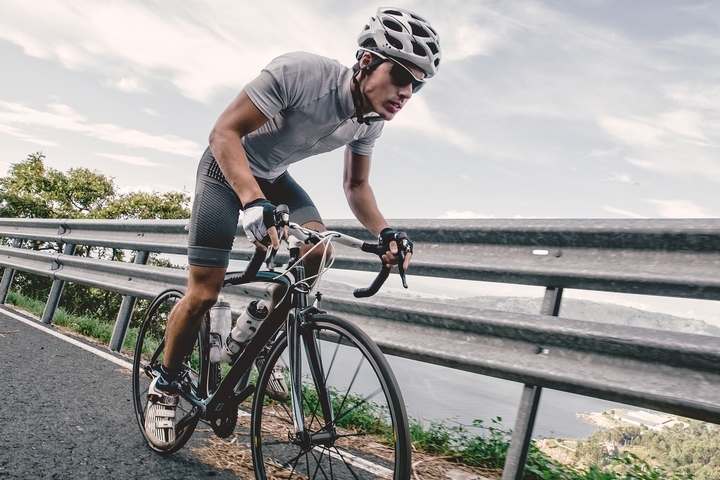
The helmet is critical for your safety, but you probably find it uncomfortable and will notice that many riders do not use helmets. On the road, cyclists can easily encounter a collision with vehicles resulting in a crash and head injury. With proper design and fitted helmets, cyclists can prevent not just a head injury, but also damage to the face and neck.
2. Ride in the direction of traffic
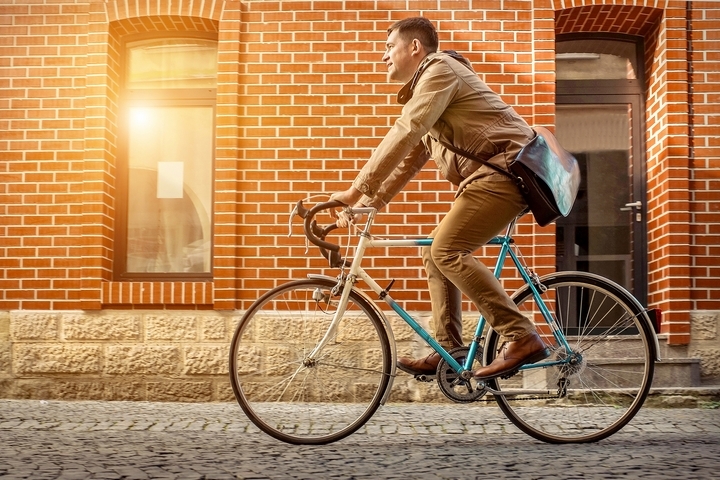
First, you need to keep a certain distance with vehicles, especially in areas where there are no bicycle lanes. Second, you have to ride in the same direction as traffic. You may think riding facing traffic is much safer, but riding against traffic means you are not following road signs and signals.
Additionally, you may not be visible to motorists. While riding in the direction of traffic is a general rule, it is also a law in most cities.
3. Ride closer to the side of the road

Avoid riding in the middle of the road if there is too much traffic. Try to keep closer to the side of edge of the road to allow vehicles to pass. Laws state that you have to ride on the right side of the road. Riding on the left side and against traffic can be a violation. In addition, you cannot ride over a crosswalk as this designated point is only for pedestrians.
4. Use bicycle lanes at all time
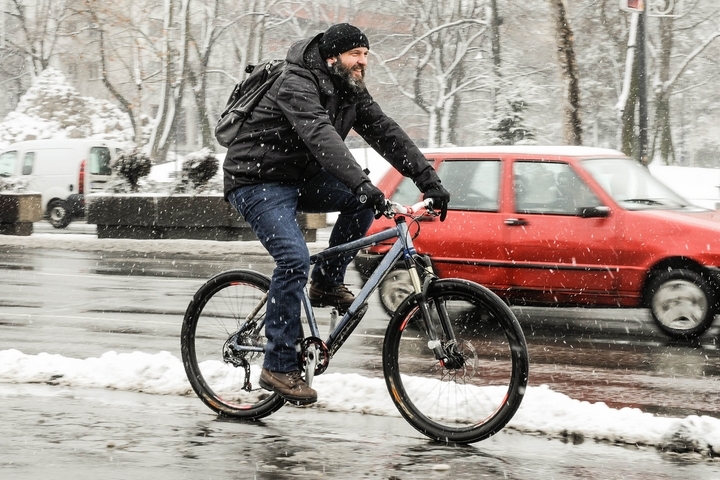
Many countries have dedicated bicycle lanes. These lanes make it easy for cyclists as well as vehicles as they can continue their journey without having to stop or slow down to accommodate each other. However, both the motorist and cyclist have to be aware of each other to ensure safe distance between them.
5. Give priority to pedestrians
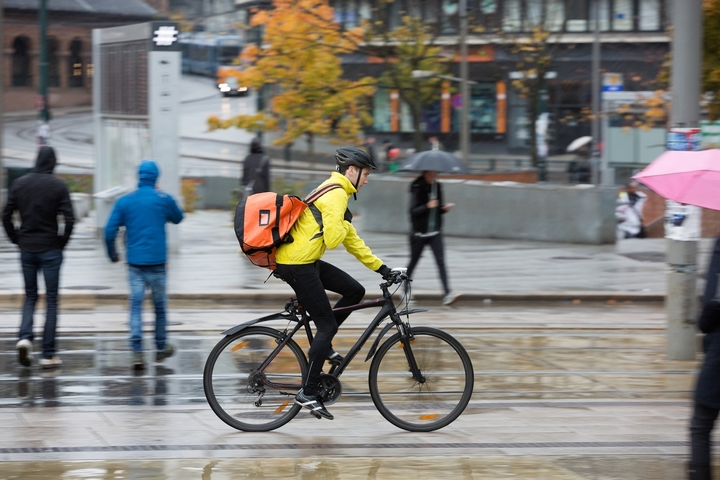
Even if you are using a bicycle, you have to give priority to pedestrians. This means you have to stop at all crosswalks to allow pedestrians to pass. Sometimes pedestrian do not use a designated crosswalk. Regardless, the cyclist has to pay attention and take care of the pedestrian’s safety at all times.
6. Stop at signal lights
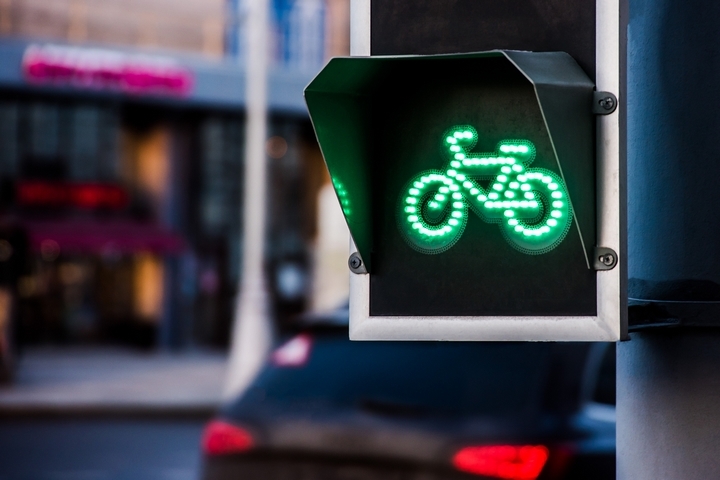
Like all motorists, cyclists have to stop at all signal lights. Riding a bike is no excuse to skip a light or two. If you see the amber light from a distance, start preparing to stop when you reach the stoplight.
7. Reflectors and lights for nighttime
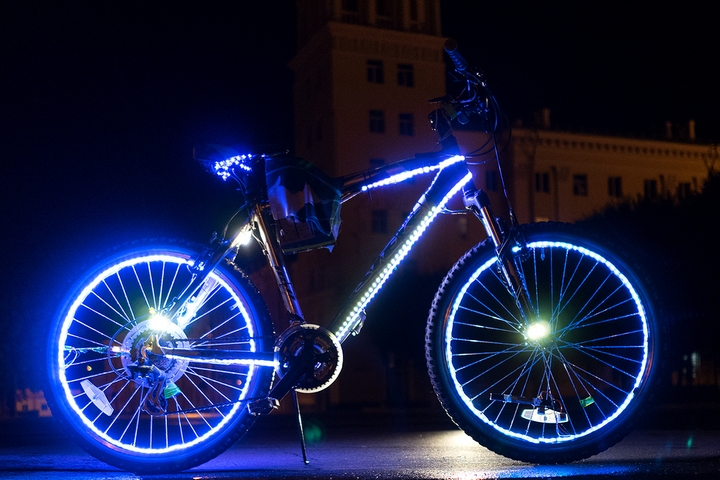
For your safety and visibility at all times, it is crucial for your bike to have lights and a reflector jacket. Reflector jackets are essential for high visibility when there is low light, rain, fog and complete darkness.
8. Do not ride on sidewalks
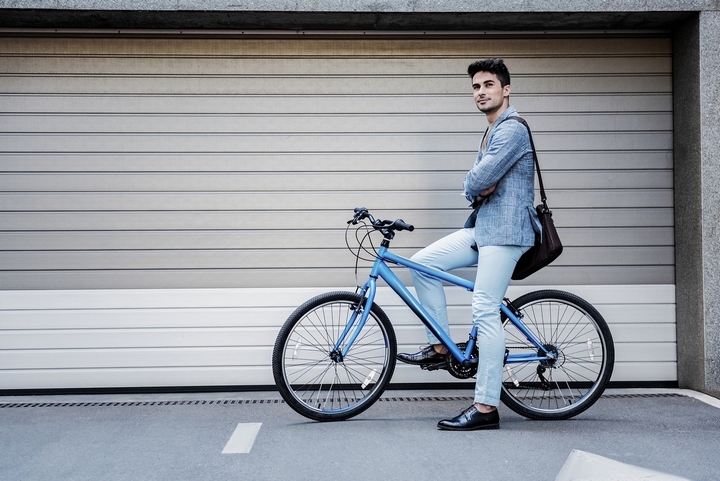
Make sure you are aware of the sidewalk laws in your city. It might be safer to ride on the sidewalk, but it can be hazardous as bicycles are considered vehicles. Avoid sidewalks as these structures are built for pedestrians.
Many bicycle traffic laws prohibit cyclists from using sidewalks with high pedestrian density. Cyclists can be fined for using sidewalks in some cities. Only children may be allowed to ride on sidewalks.
9. Obey all road signs

You need to stop completely at a stop sign or yield to ongoing traffic at a yield sign similar to a vehicle. Of course, bicycles move slowly and it may not seem practical to come to a complete stop. But to avoid any collision with ongoing traffic, it is always good to stop and wait until the road is clear.
10. Use hand signals at all time

Hand signals are essential to keep vehicle drivers informed of your maneuvers. While riding, it may be difficult to leave your handlebar to extend your arm, but you must do. Slow down and extend your arm as needed to inform other road users of the direction you will be taking next.
The good news is that there are only four to six hand signals you need to know. These include left turn, right turn, alternative right turn, moving over, and stopping or slowing down.